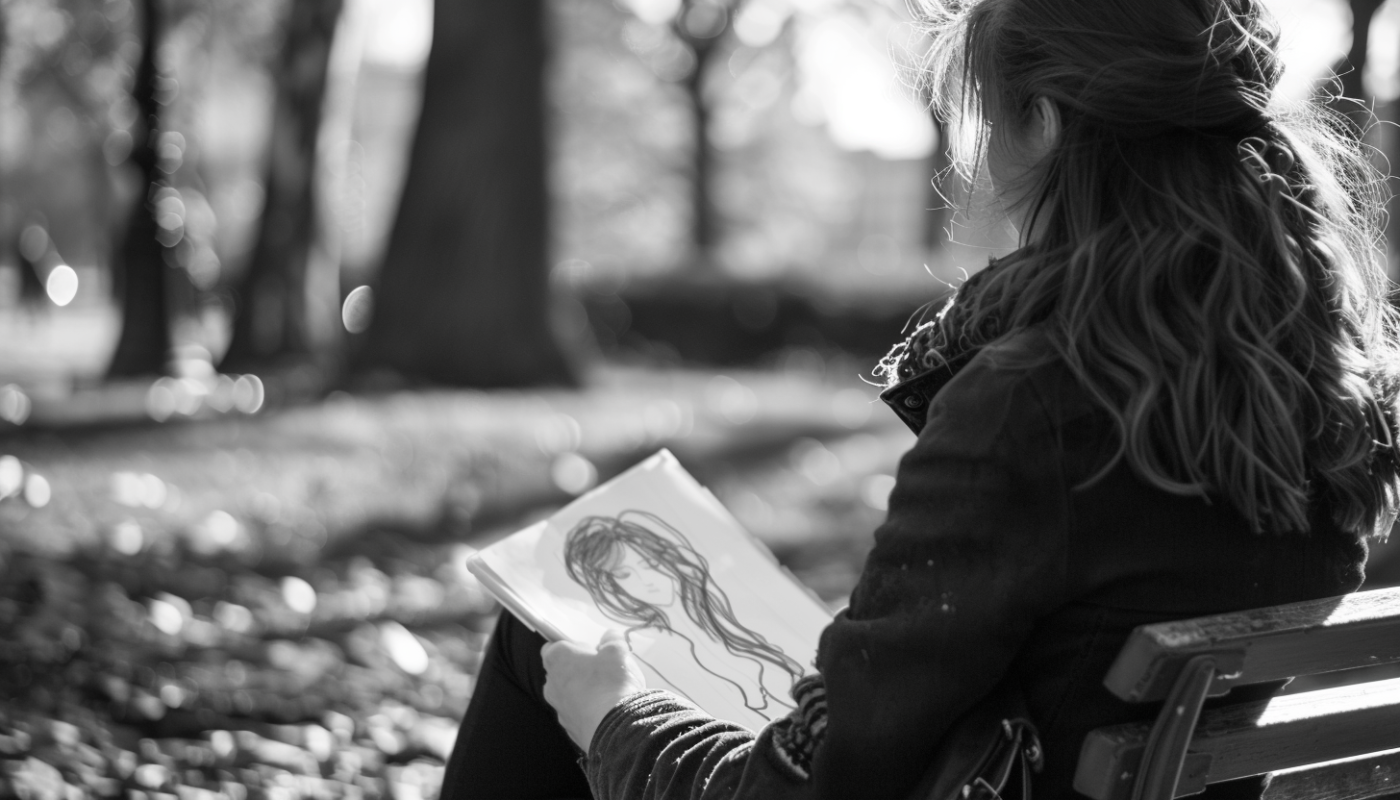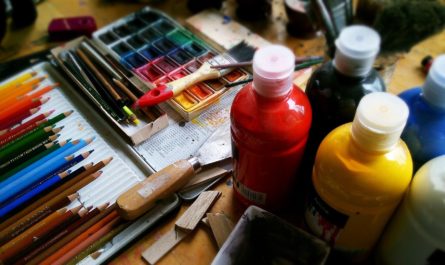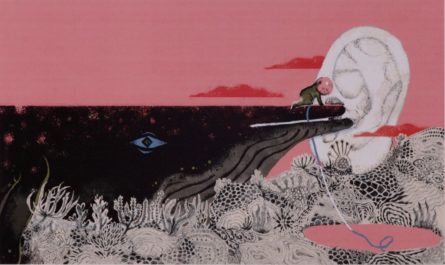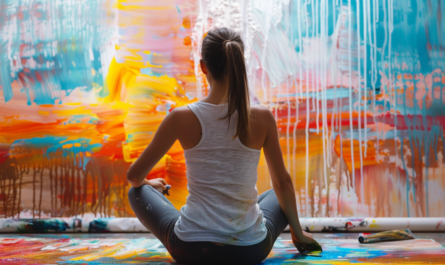Embrace Your Inner Artist by Giving Drawing a Try
Have you ever been captivated by a beautiful sketch or admired a friend’s creative doodles? Well, guess what? You, just like anyone else, can explore the world of drawing! Drawing is a common admirable hobby that anyone can pick up, regardless of age or experience.
Whether you want to capture the world around you, create imaginary creatures, or simply relax with a pencil and paper, drawing offers a creative outlet that can be both enjoyable and rewarding. Here’s a beginner’s guide to get you started on your artistic journey:
Gather Your Supplies:
You don’t need a fancy art studio to get started. Surprisingly, some of the best tools for beginners are already available:
- Pencils: A good quality HB pencil is a versatile tool for sketching and practicing. You can also experiment with different pencil grades for lighter or darker lines.
- Paper: A sketchbook is a great option, but any paper you’re comfortable with will work. Opt for smoother surfaces for detailed drawings and rougher paper for sketching.
- Eraser: Mistakes are inevitable, so a good eraser is your best friend! A kneaded eraser is gentle on your paper and picks up graphite smudges.
Master the Fundamentals:
Before diving into complex drawings, start with some basic exercises to improve your hand-eye coordination and understanding of form. Here are a few key areas to focus on:
- Lines: Practice drawing straight lines, curves, and different types of lines (e.g., dotted, dashed) to gain control over your pencil.
- Shapes: Learn to draw basic shapes like squares, circles, triangles, and rectangles. These are the building blocks for more complex objects.
- Shading: Shading techniques will add depth and dimension to your drawings. Start by practicing light and dark values to create a sense of dimension to really bring your drawing to life!.
Find Inspiration and Practice Regularly:
The most important thing is to draw regularly! Here are some tips to keep you motivated:
- Find Inspiration: Look around you! Sketch objects in your home, people at a coffee shop, or your favorite scenery outdoors.
- Use Reference Photos: There’s no shame in using photos as references, especially when you’re a beginner. This can help you learn about proportions and details.
- Take Online Classes or Workshops: Many online resources and local art centers offer beginner-friendly drawing classes that can provide guidance and structure.
- Embrace Imperfections: Don’t get discouraged if your drawings don’t look perfect right away. Focus on enjoying the process of learning and creating.
Most importantly, have fun! Drawing should be a relaxing and enjoyable experience. So, grab your pencil, let your creativity flow, and see where your artistic journey takes you!
Happy drawing!




